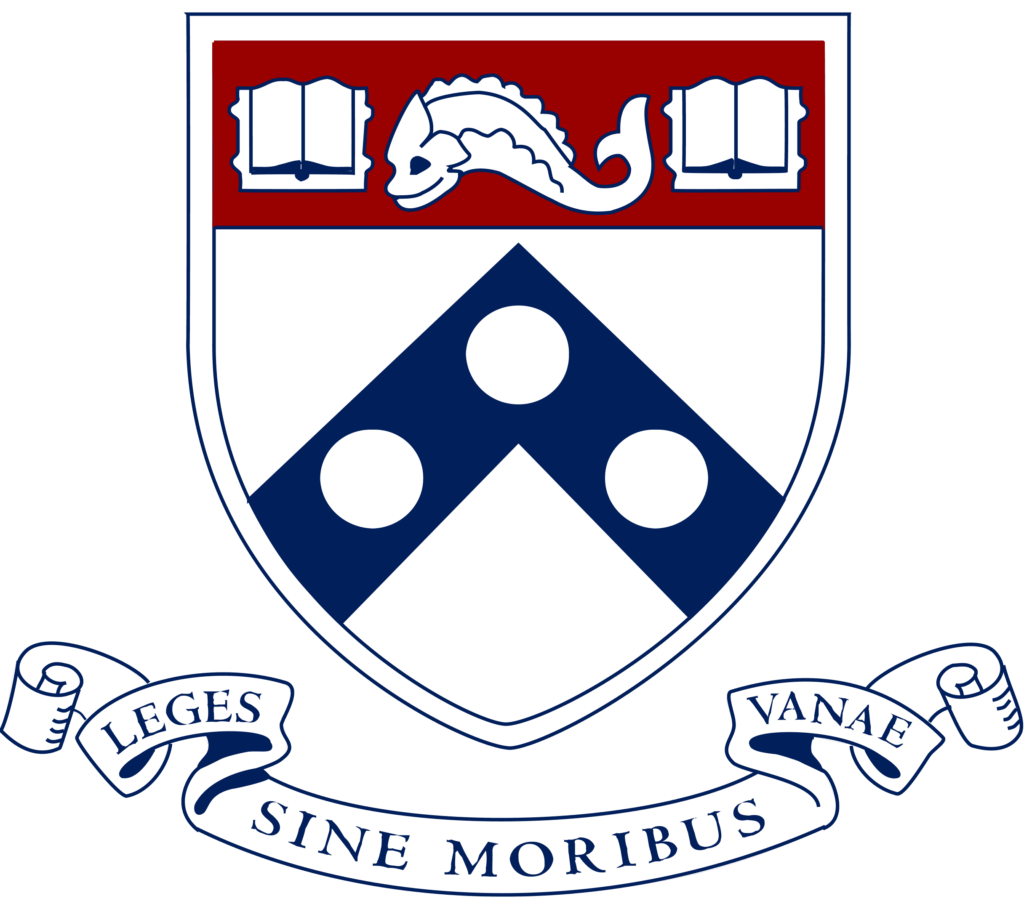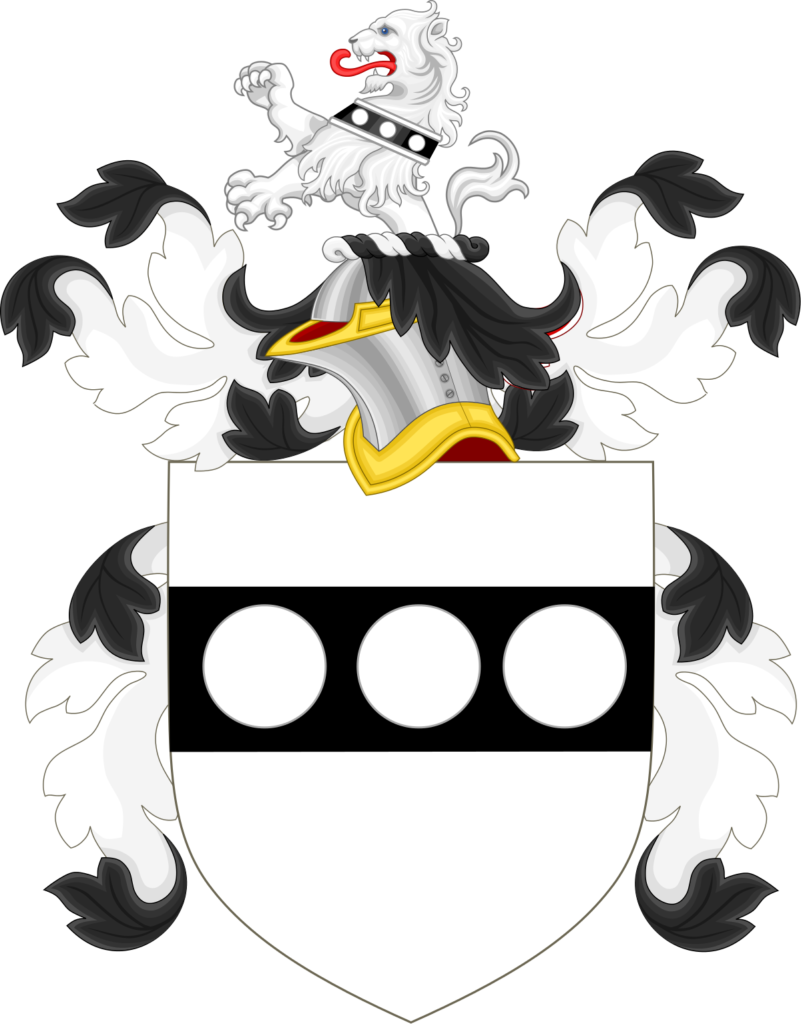
Books, latin text, three plates. . . wait. . . that’s a dolphin?
Approved in 1932 and adopted in 1933, Penn’s coat of arms is an iconic combination of the most important historical artifacts to both the university and the state of Pennsylvania. In this article, I would like to break down this unique image piece-by-piece, detailing the origins of its various parts and their significance to Penn.
The Motto
“Leges Sine Moribus Vanae”
For those of you who were not alive before the fall of Rome, this translates to “Laws Without Morals are in Vain.” This line was derived from a longer quote by Quintus Horatius Flaccus, a lyrical Roman poet who lived from 65 to 8 BC. During the time of the university’s founding in 1740, latin was a core subject in the education of aristocrats, such as the Founding Fathers. It was perceived as the language of intellectuals and the common medium for legal documents. In fact, our nations motto, “E Pluribus Unum,” is also a latin phrase.
The Three Plates
A chevron with three plates can be seen at the center of the coat of arms. These plates are taken from William Penn, the founder of Pennsylvania’s personal coat of arms (pictured below). The Penn family was instrumental in the early Pennsylvanian government. They were holding the most important governmental offices and key in establishing the charity school that would soon become Penn.

The Dolphin
The animal you see at the top center of Penn’s coat of arms is a dolphin. It was taken from Benjamin Franklin’s shield. Benjamin Franklin’s contribution to not just Penn, Pennsylvania, or the entire United States should not need to be stated. To include an interesting fact many might not know about Benjamin Franklin, he was a natural aristocrat. I mentioned earlier that the founding fathers were aristocrats, however, unlike many of his peers, Franklin was not born into wealth. He earned his wealth and status through merit rather than genealogy.
The Books
We will now cover the last prominent element of the arms, the books. Penn has and always will be an educational institute of the highest caliber. If you think about the time before the internet (oh the horror!), you may remember that people would actually read physical media. Through the majority of human history, the best way to obtain knowledge was through reading. The average scholar would likely spend the majority of their time consuming literature. Being such an important object to the student, it’s no surprise it made it onto the coat of arms. Returning to Ben Franklin, he was an avid reader. He once stated, “From a Child I was fond of Reading, and all the little Money that came into my Hands was ever laid out in Books.”